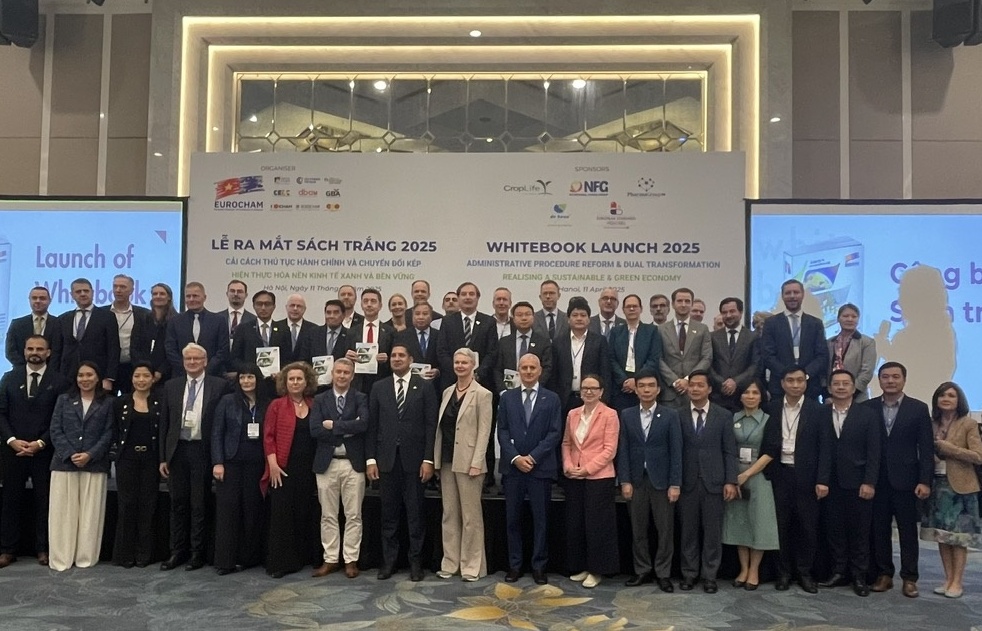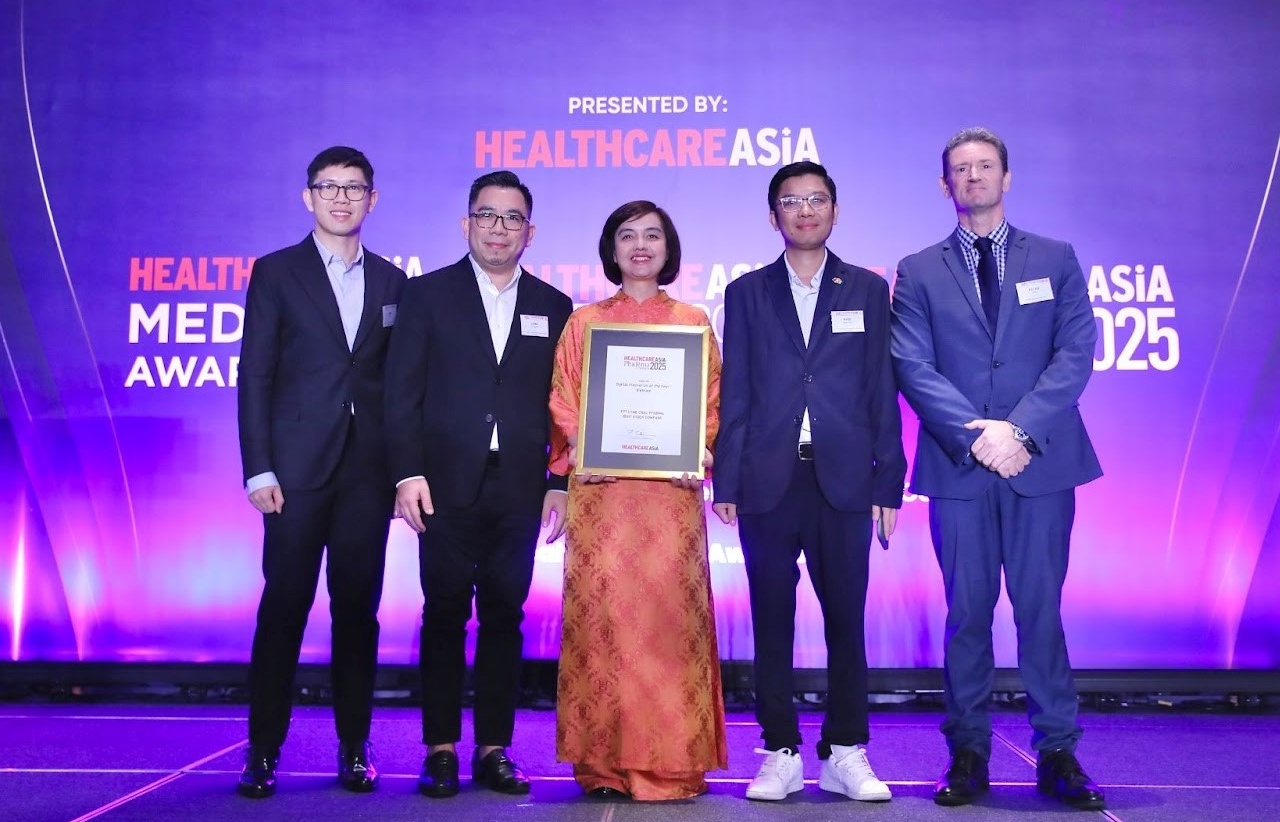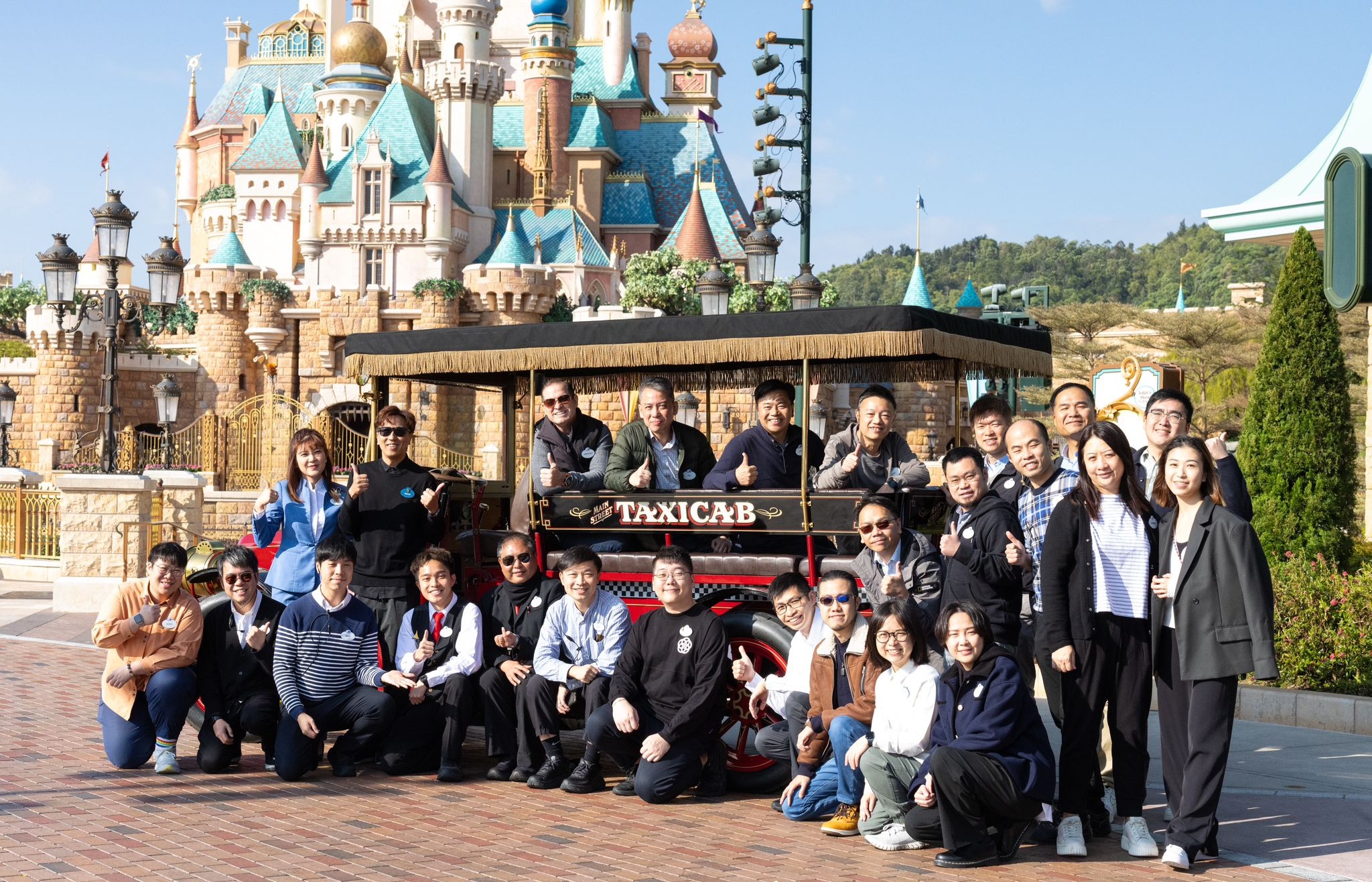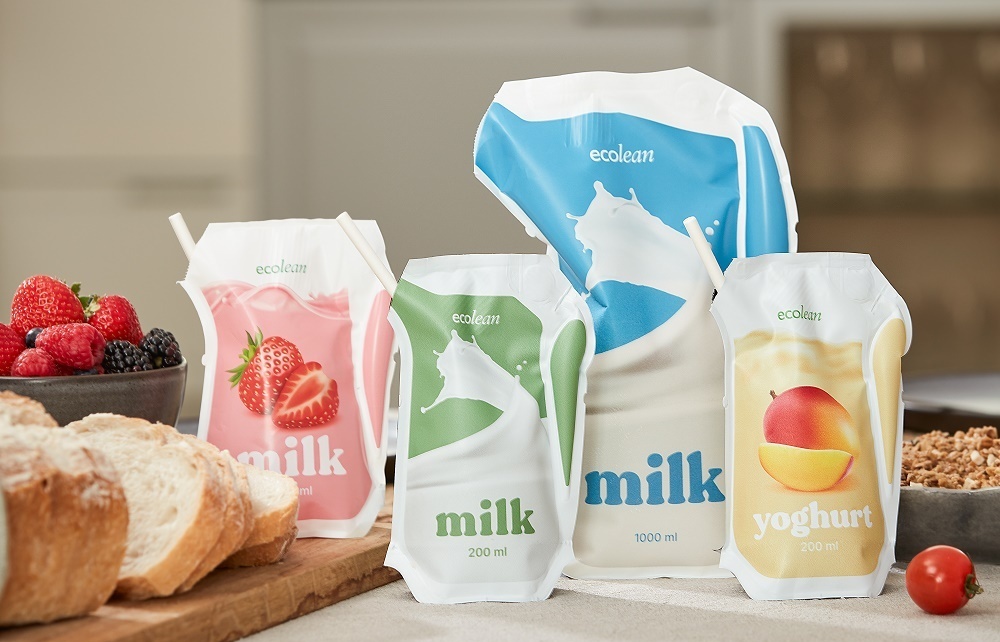Effort helps CMIT weather the storm
 |
Foreign joint venture ports in the Cai Mep-Thi Vai port complex in the southern province of Ba Ria-Vung Tau are suffering from losses. How has Cai Mep International Terminal Co., Ltd (CMIT) operated over the past years?
Over the past five years, the goods volume via our port has increased seven-fold, while the number of over 80,000 deadweight tonnage (DWT) vessels quintupled. Specifically, in the first six months of this year, the goods volume shipped via the port reached 576,681 twenty-foot equivalent units (TEU), up 129 per cent from the same period last year.
Currently, CMIT handles eight international ship service trips a week, linking with big markets such as the US, Northern Europe, with the alliance of Maersk, MSC; Ocean Three alliance (CMA-CGM, CSCL, UASC); CKYHE alliance (Cosco, Kline, Yangming, Hanjin, Evergreen); and other shipping firms Hapag Lloyd, NYK, and MCC.
Significantly, CMIT is now the only port that receives two ship trips weekly going to Northern Europe, with a ship fleet of 160,000DWT. It also accommodates four feeder ship service routes in the East Sea.
Other foreign joint venture ports in the complex complain that problems in the country’s master plan on port development, poor infrastructure, shortfall of logistics services, and unfair competition from other ports have caused many difficulties for their operations. What are CMIT’s current challenges?
Channel depth and lack of co-operation among ports are the two significant challenges facing not only CMIT but also other ports in the Cai Mep-Thi Vai complex. Currently, the number of international vessels calling at Cai Mep increased to 22 trips per week. However, after being filled with goods, vessels often have to wait for rising tides to leave or call at local ports. This causes pressures for port operators and shippers. In addition, co-operation among ports remains weak. Wharves only have a 600-metre quay, while vessels often have an average length of around 350 metres. If two contiguous ports operate separately, they only receive two vessels at once. Meanwhile, the figure could increase to three if they co-operate with one another. The other problem is a lack of logistics services which partly prompted the majority of exporters and importers to choose ports in Ho Chi Minh City.
What is CMIT doing to improve competitiveness?
We are planning to develop more competitive logistics services to attract customers. We will also work with other regional ports on co-operation plans to increase operational efficiency of wharves and to tap the advantages of the complex.
The demand of goods transhipment has been growing among vessels calling at wharves in the Cai Mep-Thi Vai area, as well as amongst vessels calling at ports in Ho Chi Minh City. However, Article 44 of Decree No.05/2015-ND-CP dated January 21, 2015 has caused difficulties for the goods’ transhipment. In order to encourage shipping firms to shift goods to the Cai Mep-Thi Vai area and to develop the area into an international transhipment port as planned by the government, CMIT proposed that the government revise Article 44, allowing goods transhipment among wharves in the Cai Mep-Thi Vai area, and between the Cai Mep-Thi Vai wharves and those in Ho Chi Minh City.
Moreover, shipping firms wish to bring container ships of over 15,000TEU to Cai Mep soon. Therefore, we propose that the government and the Ministry of Transport (MoT) dredge the channel depth to 15.5 metres to cash in on the market demand.
What measures did the government and the MoT take to help CMIT and local ports solve their difficulties?
“Rome wasn’t built in a day.” Over the past years, the government, the MoT and the local authorities have offered us a lot of support. Specifically, in 2009, the government and the MoT were aware that if Road 965 linking to the Cai Mep-Thi Vai area was built under the Japan International Cooperation Agency’s 48-month development plan, it would be too late for our port opening. Thus, they advanced money to fast-track the road and finish work in 24 months, right when CMIT opened.
In late 2010, the Ministry of Finance and MoT offered preferential treatment on shipping charges for big vessels calling at the Cai Mep-Thi Vai area.
In 2013, the National Assembly and the government issued minimum loading and unloading fees to stabilise the Cai Mep-Thi Vai port complex.
In mid-2015, the MoT, the Vietnam Maritime Administration and Southern Vietnam Maritime Safety Corporation dredged the channel depth in the Cai Mep-Thi Vai area to nearly 14 metres, while simplifying navigation procedures to facilitate the operation of large vessels.
What the stars mean:
★ Poor ★ ★ Promising ★★★ Good ★★★★ Very good ★★★★★ Exceptional
Latest News
More News
- Evnia Partners with Ground Zero Gaming for Exclusive 2025 Season Collaboration (April 11, 2025 | 13:50)
- Deputy PM meets lead US negotiator for trade talks with Vietnam (April 11, 2025 | 12:23)
- 5G infrastructure receiving push due to bespoke policies (April 11, 2025 | 10:37)
- Celebrating the Vietnamese journey to innovation (April 11, 2025 | 10:27)
- MoF seeks business proactivity in ESG (April 11, 2025 | 09:49)
- Diversity felt in retail models and spaces (April 11, 2025 | 09:02)
- Foreign brands keep up their convenience store dominance (April 11, 2025 | 08:56)
- Marvell Group expands cooperation in human resource training for semiconductor industry (April 10, 2025 | 17:47)
- New tariff pressures spark structural shift in Vietnam’s timber sector (April 10, 2025 | 16:52)
- HKFYG Celebrates Completion of Hong Kong International A Cappella Festival (April 10, 2025 | 14:35)
















 Mobile Version
Mobile Version